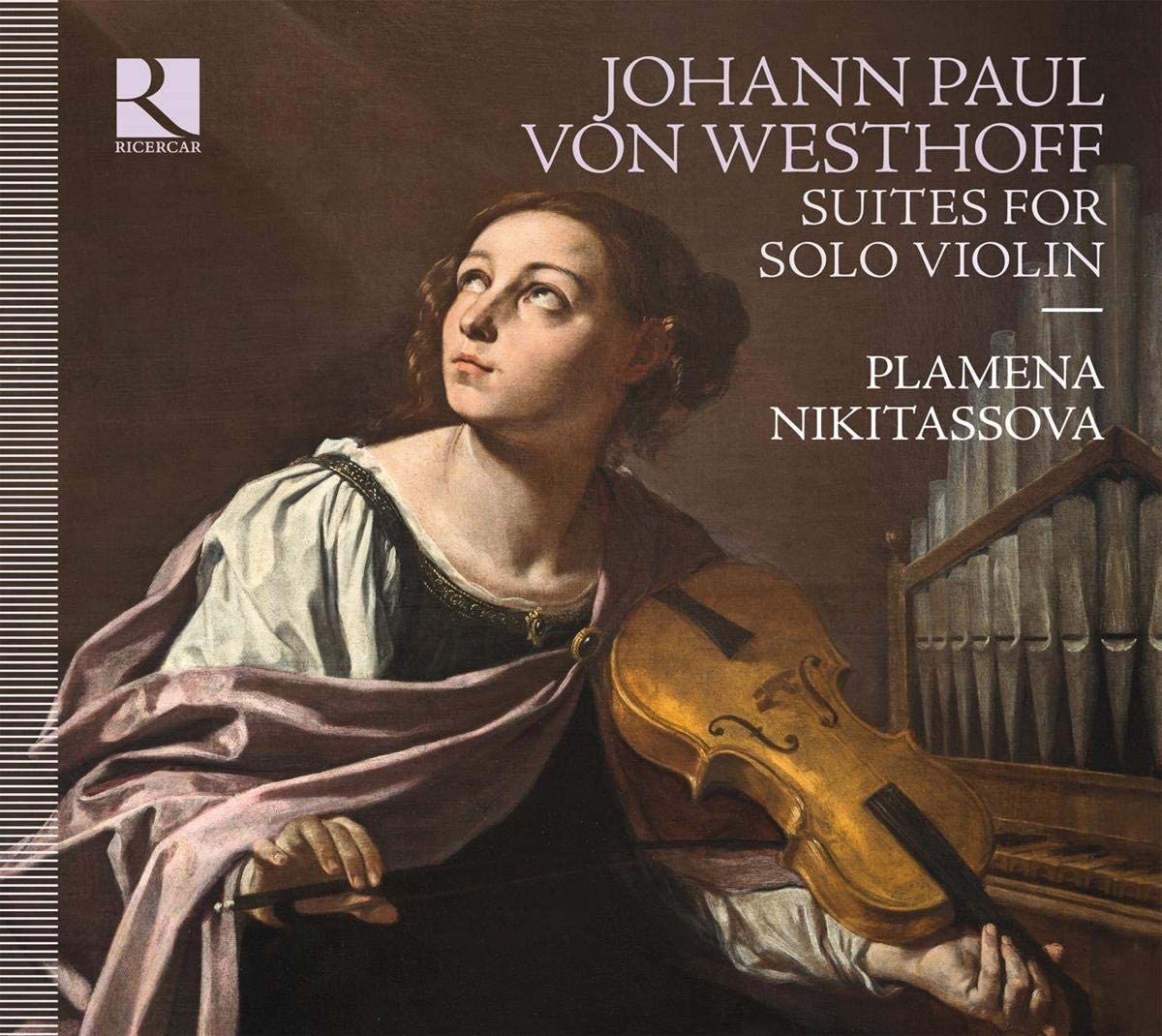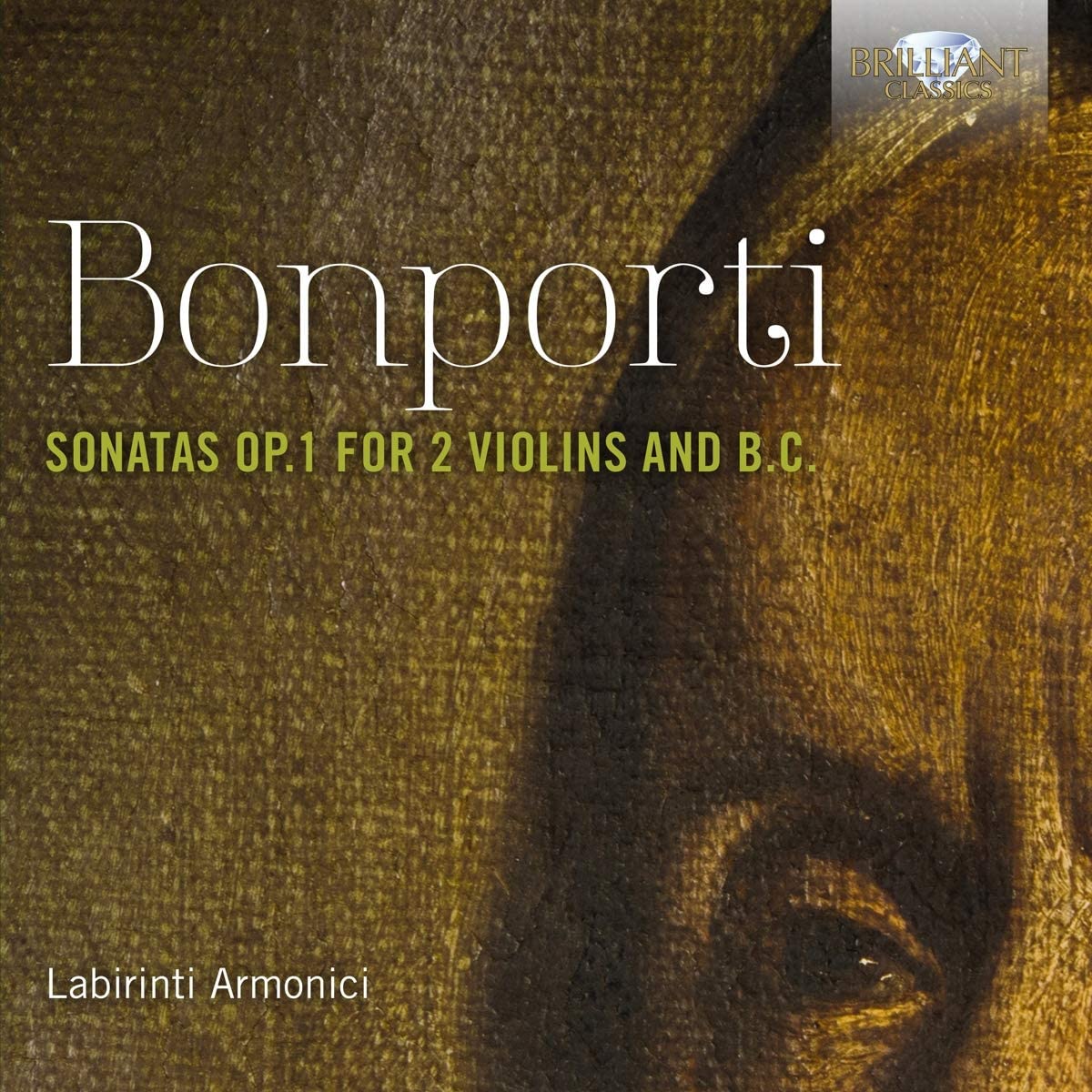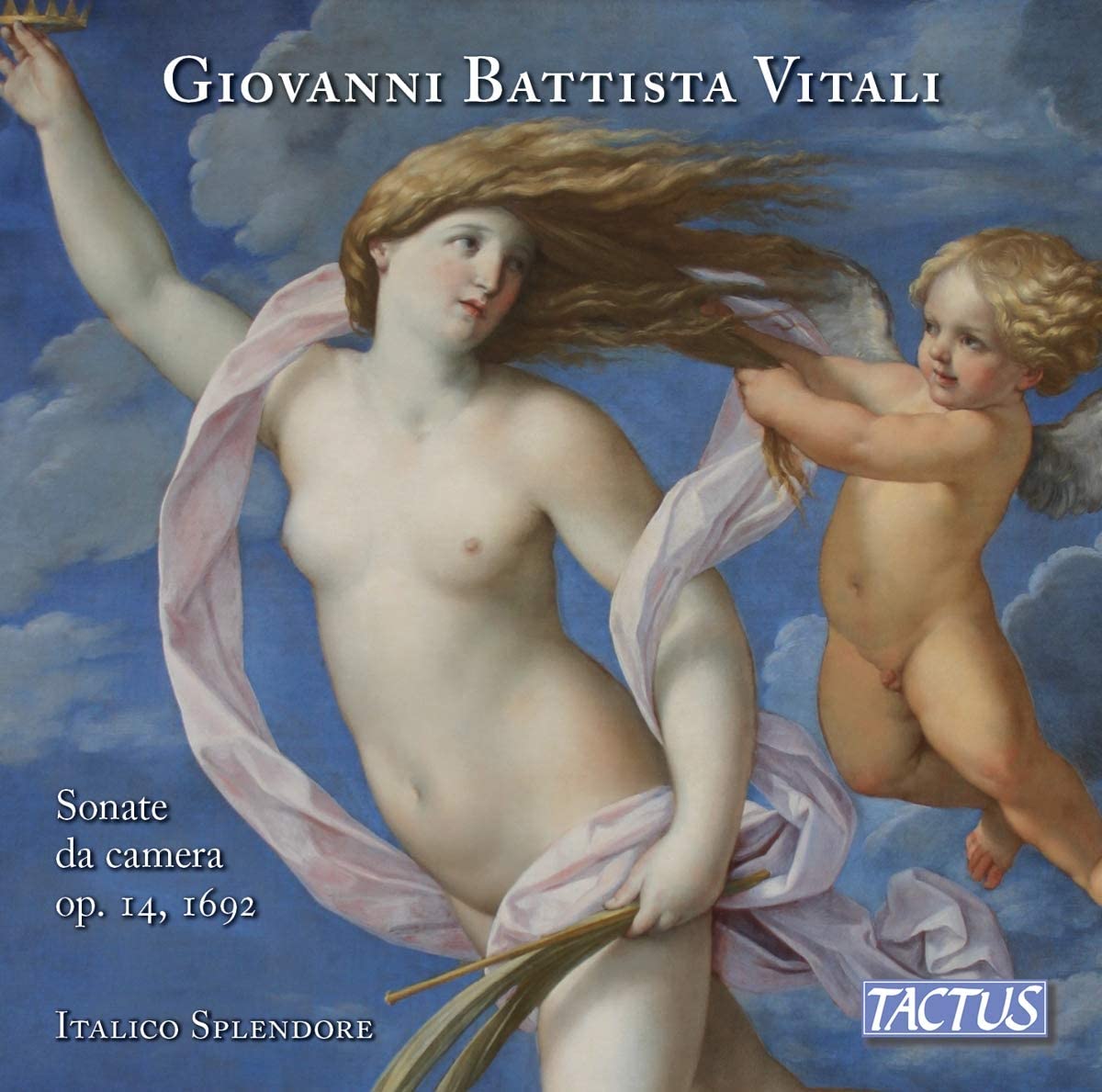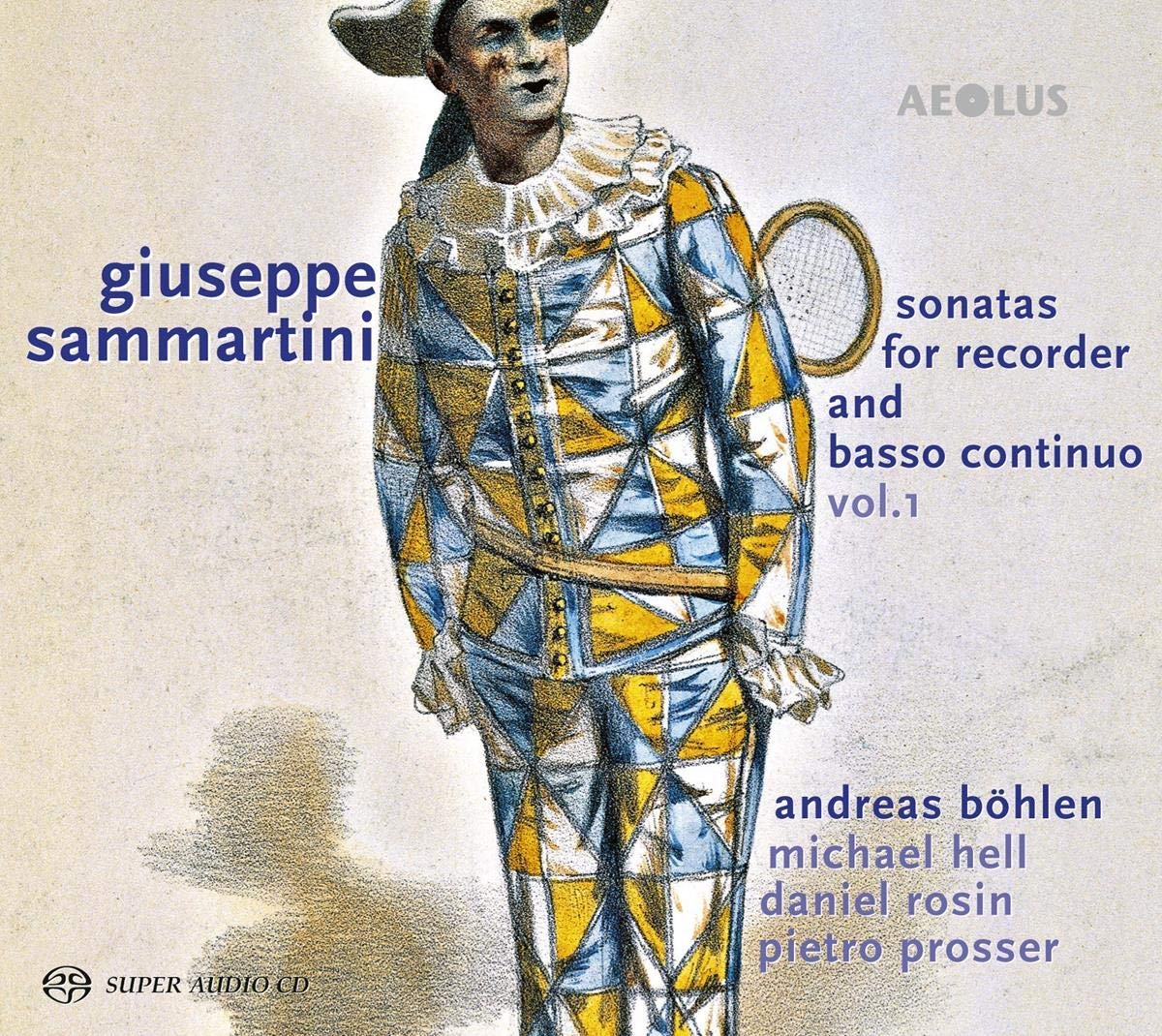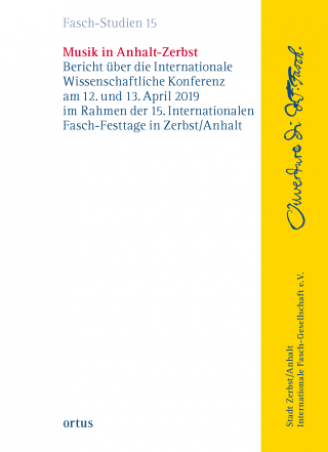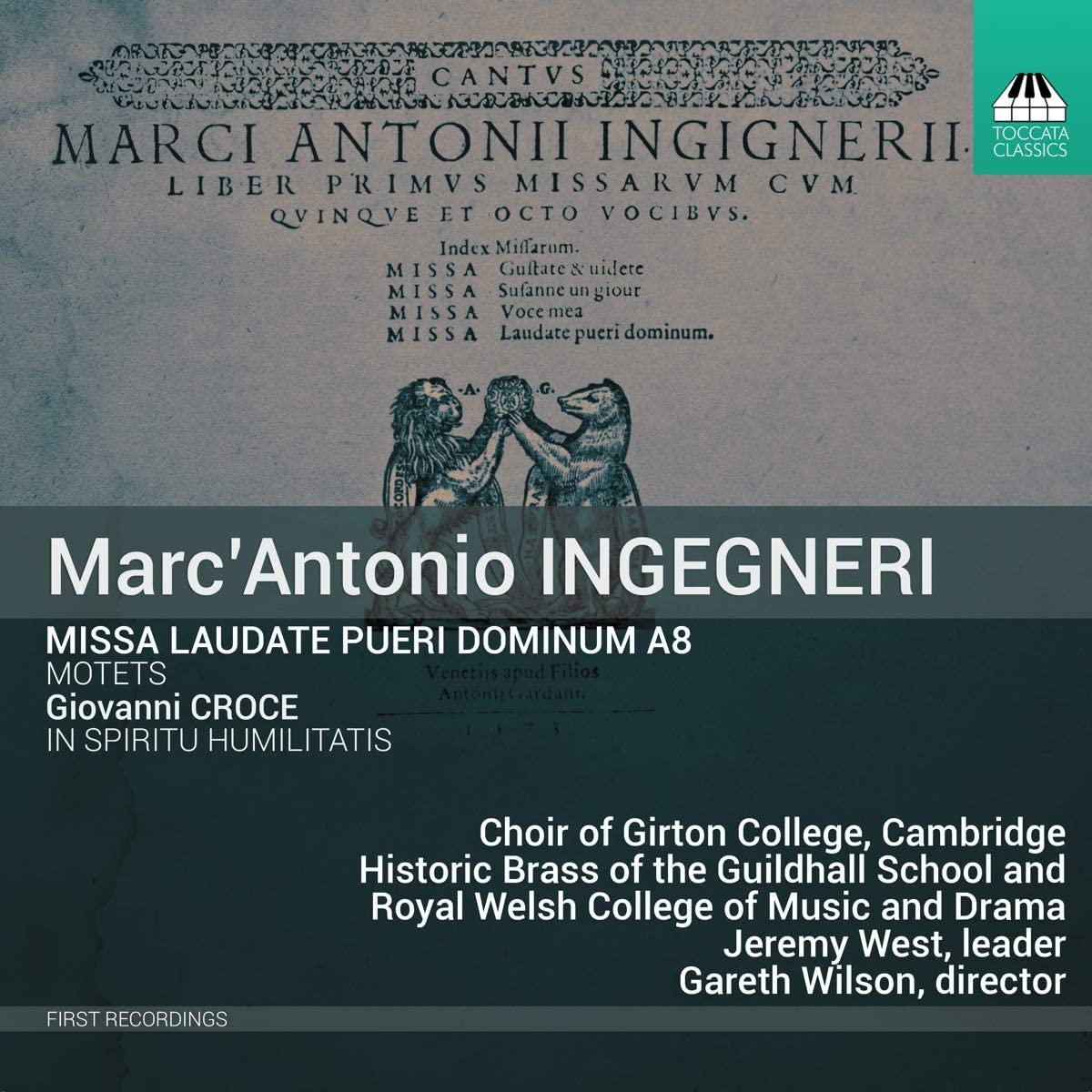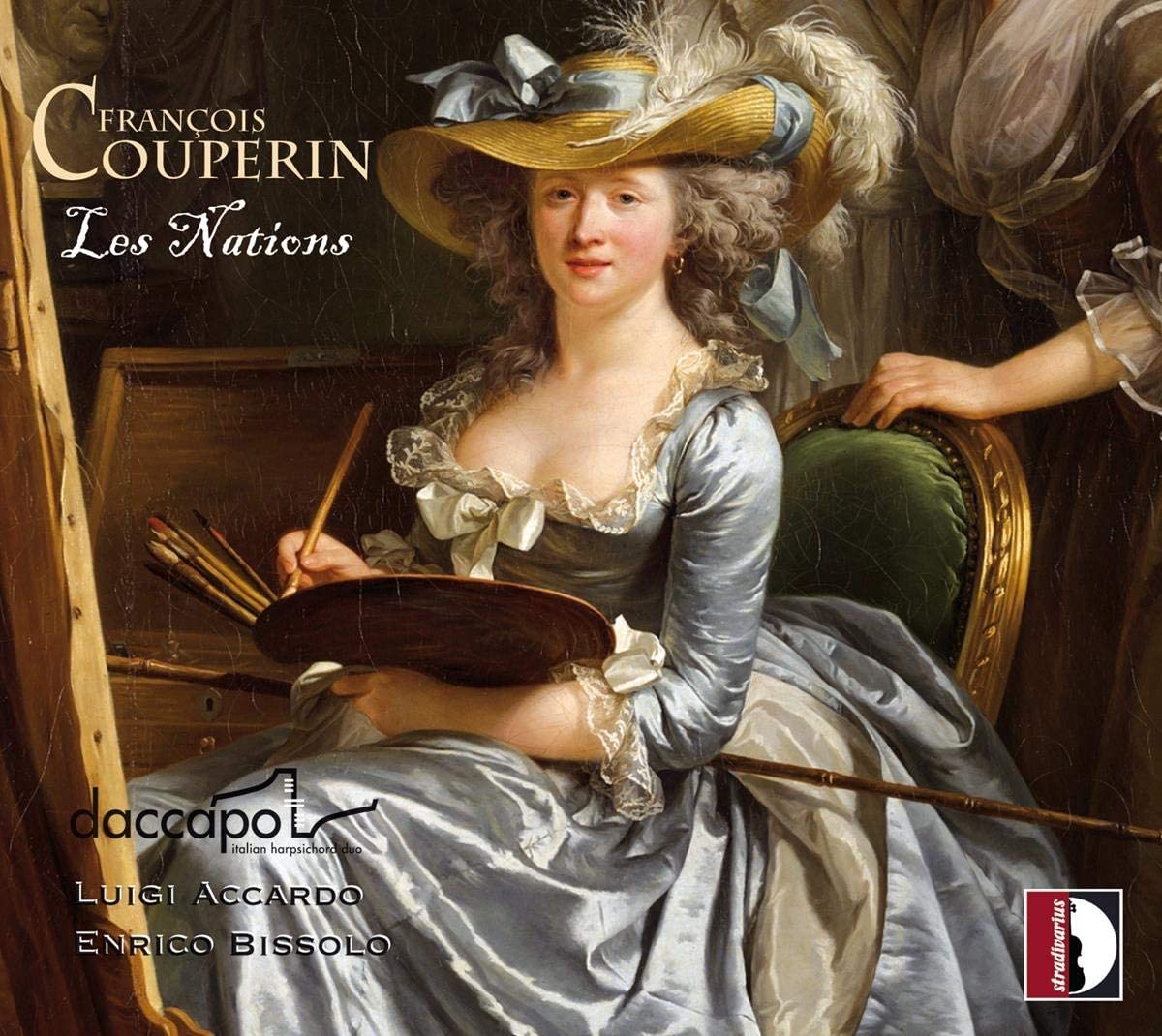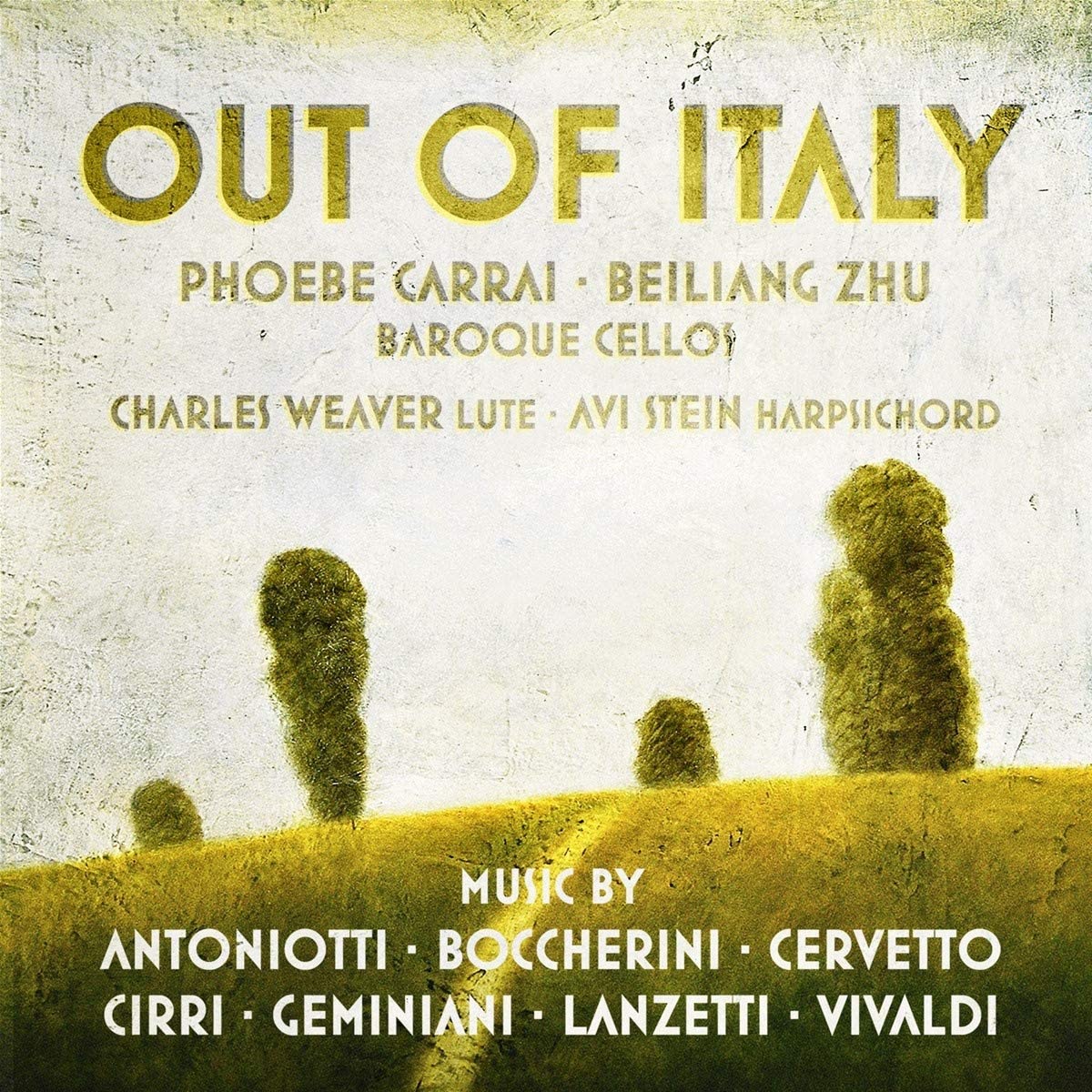Edited by Bianca Maria Antolini Pisa: ETS, 2019.
796pp ISBN: 8846753305 €95
Under the auspices of the Società Italiana di Musicologia and the editorial direction of Bianca Maria Antolini, 36 musicologists have produced an exceptionally important ‘dictionary of Italian music publishers, from the earliest (in the late 15th century) to those of the mid-1700s, as a companion volume to the Dizionario degli editori musicali italiani, 1750-1930’ (ETS, 2000). It is far more than a dictionary and even more than an encyclopedia. The main part (600 pages out of 800) consists of 384 biographical entries, many of which are thorough studies on early Italian printers, along with the distributors, financers, composers, promoters and sellers of editions of music. The reader cannot ‘look up’ printing techniques or Italian cities by name, but the extraordinarily useful sections before and after the ‘dictionary’ inform the reader greatly about the protagonists, the developments, and their places in the history of early music and music publication in Italy.
The figures are treated as exhaustively as information warrants. These signed entries are not standardized (as a mere dictionary might require), but organized according to the vicissitudes, relationships, innovations, and importance of each figure, including a specific bibliography. The General Bibliography to sources and research by Chiara Pelliccia is 36 pages long, and the Index of approximately 4,500 names – which may turn up in many different entries – by Maria Borghesi are features of a monographic book of research, not expected in a ‘dictionary’. No doubt some cross-references might have been missed, but these tools are highly useful because printers, composers and booksellers had families, competitors, patrons, and the subject matter gains from treasure hunting exploration.
I was mystified to find ‘Agostino Diruta’ in the Index but not his famous uncle and teacher Girolamo Diruta, the organist and author of Il Transilvano (1593; 1609 and other editions), his treatise and anthology for professional organists, and also the publication with the earliest use of ‘nesting type’ (mosaic characters) in keyboard tablatures. Indeed, three of the ten pages cited for Agostino were not about him, or were about G. Diruta or Banchieri. This is a very minor note of warning about indexes which applies to all books: they may be drafted before the page numbers are definitive, and no index compiler can possibly be an authority on thousands of figures. It is an astounding achievement that this one even gives page references leading to names buried in titles present in the extensive Bibliography!
What makes this ‘dictionary’ also an in-depth history of early Italian music printing is the tripartite introductory section. The three absorbing articles of the first 115 pages – again modestly presented as ‘aspects’, ‘perspectives’ or ‘historical context’ — outline who, where, when, how, why and with what consequences music was published:
The first is Antolini’s, a chronological overview of various aspects of the history of printing music, or inserting music in other types of books, in Italy, from the last quarter of the 15th century on, and especially in Venice, Rome and Milan. She explains the distinction between typographic and xylographic prints, the eventual demand for printing polyphony, and shortly after 1500, for tablatures. As the activity flourished in other cities, the birth of instrumental music at the end of the 16th century made new demands. Manuscripts circulated along with prints, and even manuscript copies of prints; editors specialized in certain repertories, and collaborating figures, sometimes the composers themselves, emerged to produce, finance and distribute music in the 17th and 18th centuries. In her introductory article, we encounter some of the principal names, which many musicians hardly recognize, and the reader is immediately tempted to go to specific entries.
The second article, ‘Da un’altra prospettiva: le tecniche e i processi di stampa della musica in Italia (XV-XIX secolo)’ by Licia Sirch, on the historical printing techniques employed over a span of 500 years, is fascinating for the processes developed. There are no explicit warnings to musicians of the 21st century, but it is clear that we are at risk of not considering the implications of those early techniques. When interpreting printed music, it is imperative to understand the advantages, limitations and purpose of the methods used. Woodcuts were capable of showing anything but slow and expensive to design and cut, and rather rough in appearance. Reusable, they conserved mistakes. Typesetting, the most ephemeral, had vast commercial potential and continued for centuries after the introduction of engraving.
To typeset a page of music, a form with grooves was filled with movable characters (letters, symbols, and notes for every possible value and staff position, each on a separate segment of a staff). Many copies of a page could be printed, after which the form was emptied and refilled with type for a different page. After the print run that page could not be reprinted. We find facsimiles and originals of the same date with differences, however, because the printing could be momentarily halted to change a character. Most pages were never corrected and full of errors. Bulky type (of various kinds), a fixed distance between characters, the lack of beaming, and a limited number of notes per system made the music more widely available than manuscripts, though less accurate and much harder to read. It should be remembered that it was developed for polyphony, to be printed in separate part-books, where a single page or two could contain the instrumental or vocal part for a whole piece.
The ‘mythical’ typesetter Ottaviano Petrucci (1466-1538) had a rival in Andrea Antico (1470/80 – after 1539), a superb wood-cutter. But typesetting prevailed. 16th-century Venetian printers made templates, or ‘standing type’ for successive pages, or for various part-books, into which the characters could be set. This saved some typesetting time, especially when one voice part was graphically similar to another. Not until 1762 did Petronio Dalla Volpe (1721-94) acquire movable composite characters cast as round notes (instead of the previous squares and rhombi) with separate heads, tails, and stems, which could then be ‘nested’ together. Such ‘mosaic’ type was, however, first used by Giacomo Vincenti in 1593 for Part One of Girolamo Diruta’s Il Transilvano (not from Part Two in1609 as Sirch says). Diruta advocated writing for the keyboard in double-staff tablature, with intervals, chords and multiple voices appearing vertically and sharing a single staff per hand.
The highly ornamented ‘new’ vocal and instrumental music of the 1600s saw a great circulation of manuscripts, thereby stimulating a growing use of engravings and lithographs. These resembled fair manuscripts: fast notes could be grouped and beamed; parts printed separately or in score; plates could be stored and reprints made on demand, even with modifications; the contents could be rearranged and included in other volumes. Sirch continues the history beyond the middle of the 18th century. She also includes a very helpful Appendix of terminology to clarify the distinctions between ‘edition’, ‘impression’, ‘emission’ (successive or simultaneously – as separate items or included in anthologies) and ‘state’ (whether intentionally or accidentally changed).
A shorter article by Saverio Franchi (1942-2014) seems to have almost the same title as the Dictionary itself, but this is misleading. ‘L’editoria musicale Italiana dalle origini al XVIII secolo nel quadro della storia della stampa e dell’editoria’ traces again the course of music printing in Italy, but in the general historical context of European printing and publishing, which the other studies do not. Franchi was a musicological polymath as well as an important musician. His detailed overview, through his reflections, includes nothing that has come before, and was probably written before all the others! The planning of this bi-partite ‘dictionary’ actually began in 1990, and my hunch is that Franchi’s contribution, published posthumously here, was projected to complement all the others and help readers to place any of the 384 Italian names to be encountered in the dictionary, in the history of Western music.
Barbara Sachs
